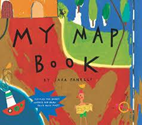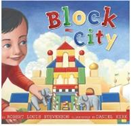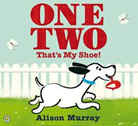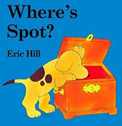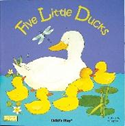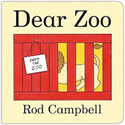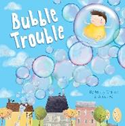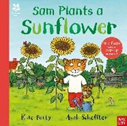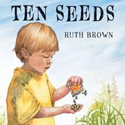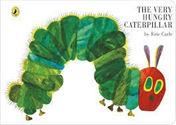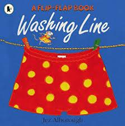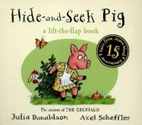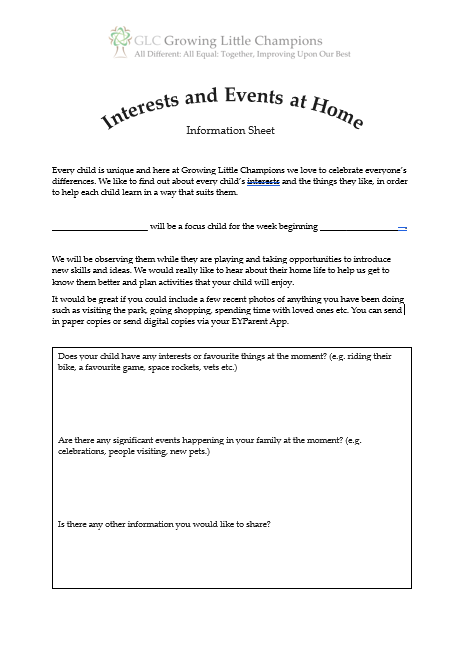Our Curriculum
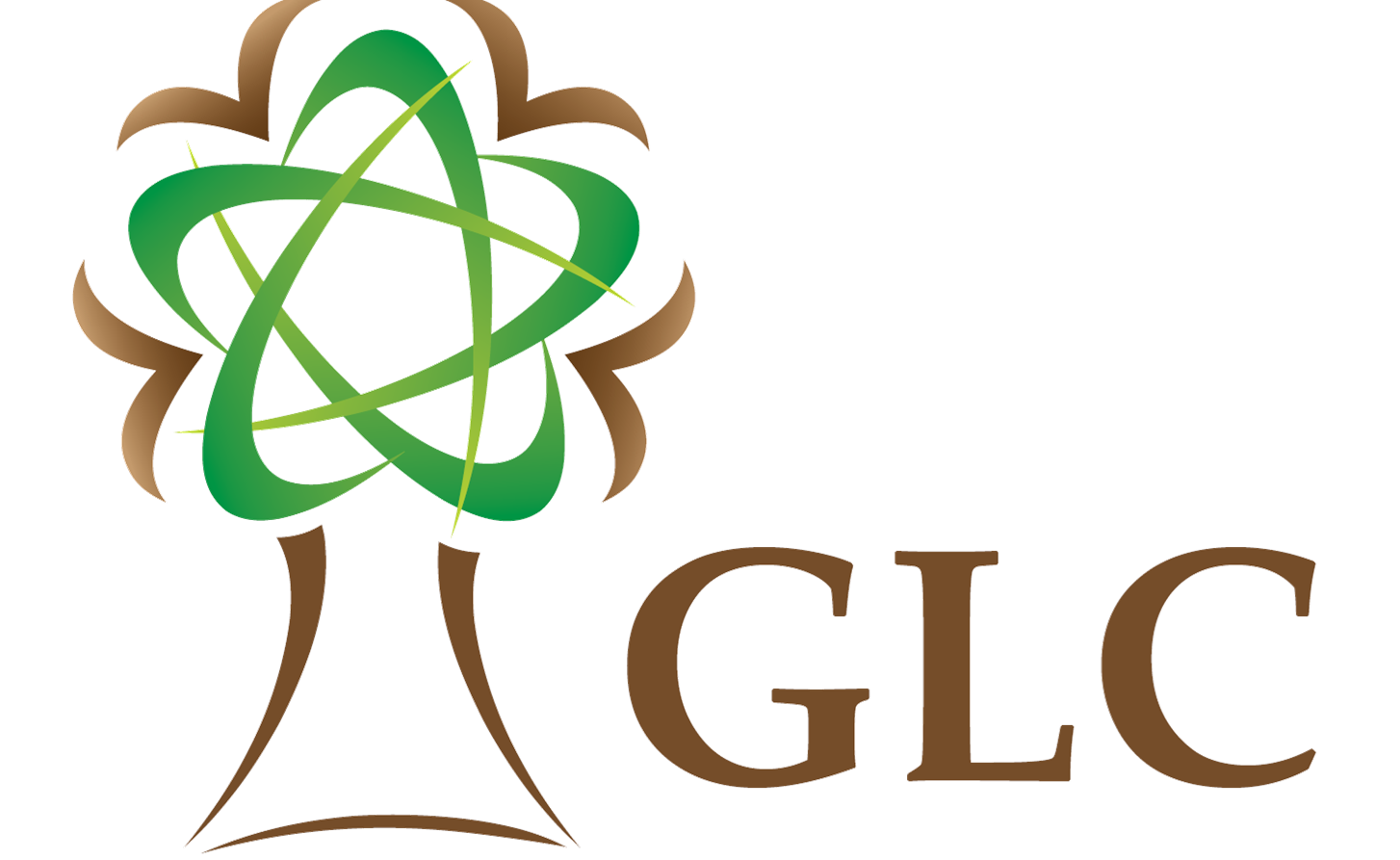
Growing Little Champions’ Curriculum
Curriculum [Intent] |
| At Growing Little Champions, we are committed to providing a nurturing, safe and stimulating environment where young children can begin to explore and make sense of the world around them. Our ambitious curriculum is designed to foster the development of the whole child – socially, emotionally, cognitively and physically – through a balanced approach of adult-directed and child-led opportunities that value the individual needs, interests and development stage of each child. We aim to create a rich and joyful learning experience that prepares them for the next stages of their educational journey. |
Pedagogy [Implementation] |
|
Our approach to delivering the curriculum is rooted in creating a flexible, engaging and responsive learning environment. We understand that each child is unique and may develop at their own pace. Therefore, we focus on providing a variety of experiences that cater to individual needs and interests. The curriculum is delivered through a combination of planned activities, child-led play and high-quality interactions with practitioners, all designed to foster holistic development in an engaging way. |
Assessment [Impact] |
|
By the end of their time with us, young children will have developed foundational skills in language, social interaction, physical coordination and early cognitive understanding. They will be more confident when exploring their environment, more independent in their actions and better able to communicate their needs and ideas. Our curriculum supports and celebrates each child’s individual developmental journey, securing the foundation for a smooth transition into future learning experiences. |
Communication and language development are crucial to a young child's overall development because they form the foundation for cognitive, social, and emotional growth. As children learn to express themselves and understand others, they begin to grasp basic concepts, improve problem-solving skills, and enhance their ability to learn.
Language also plays a key role in social interactions, helping children build relationships and navigate social norms. Early language development is directly linked to later academic success, as children who develop language skills early are often better equipped to engage with learning materials and interact with peers in a school setting.
We believe that communication and language are far too important to leave to chance and, as a result, it weaves throughout every element of our curriculum. All staff are trained to use evidence-informed strategies to support communication and language. High-quality interactions are happening throughout the day – children are being listened to and adults are engaging in back-and-forth interactions, over many turns, thus creating conversations.
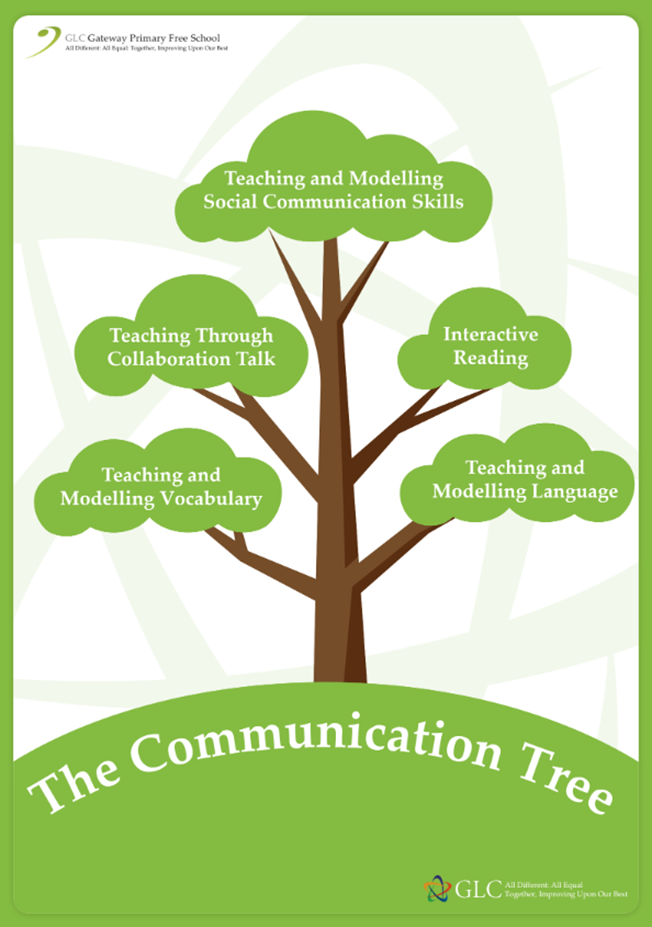
Curricular Goal |
Milestone |
Assessment |
Regulate my emotions
|
Create a strong attachment with their key person which allows them to separate from their parent/carer with increased confidence. Continue to use their key person as a secure base throughout the session. |
Spend an AM session in the nursery environment, managing their emotions with support. |
|
Learn new vocabulary to describe feelings. Use facial expressions and gestures to express themselves. |
Engage with their key person about feelings – being able to identify and label how they are feeling. |
|
|
Children begin to recognise other peoples’ feelings, enabling them to begin to develop empathy and the ability to respond sensitively to others. |
Identify a feeling in themselves or someone else [happy, sad, angry] using a word or visual aid. |
|
|
Children feel secure and have the confidence to seek adult support when they have strong feelings. |
Join in with a calming strategy with support from an adult. |
|
Have a back-and-forth conversation with an adult while sharing a book
|
Children communicate with adults and peers using non-verbal communication. They can also pay attention when others are speaking. |
Communicate their needs, feelings and ideas. |
|
Children learn and follow the rules of conversation [listen, take turns in the interaction, respond to questions, share focus, share eye contact]. |
Engage in verbal or non-verbal back-and-forth exchange. |
|
|
Children can demonstrate active listening by giving the speaker their attention. |
Listen carefully to what others are saying before speaking themselves. |
|
|
Children share their thoughts and ideas when looking at a book. |
Look at a picture book with an adult and make a comment about a picture. |
|
Manage my body with increasing spatial awareness
|
Children demonstrate awareness of their surroundings. They practice large movements such as waving, kicking, rolling, crawling and walking. |
Negotiate the surrounding space safely and with purpose. |
|
Children begin to take risks and ask for help when needed. |
Explore different types of equipment and fit themselves into different spaces. |
|
|
Children can run safely, are beginning to use stairs and climb onto equipment with increasing confidence. |
Climb onto low level equipment. |
|
|
Children explore the space freely, taking some risks without an adult. |
Climb onto low level equipment unaided and jump off with two feet. |
Links to Development Matters |
Skill |
Environment [Continuous provision] |
Communication & Language
|
|
|
Personal, Social & Emotional Development |
|
|
Physical development
|
|
|
Literacy
|
|
|
Mathematics
|
|
|
Understanding the World
|
|
|
Expressive Arts & Design
|
|
|
|
|
Autumn 1 |
Autumn 2 |
Spring 1 |
Spring 2 |
Summer 1 |
Summer 2 |
Theme |
Who am I? |
Home Sweet Home |
Our World |
Get Growing! |
Healthy Habits |
Music & Movement |
Selected texts to support the curriculum |
|
|
|
|
|
|
Provocations |
|
|
|
|
|
|
Experiences |
||
|
At Growing Little Champions, we believe working scientifically is vital in early years as it nurtures curiosity, critical thinking, problem-solving, collaboration, and a sense of wonder—all of which are foundational to a child's cognitive, emotional, and social development. The following planned experiences are offered throughout the academic year and are designed to build on young children’s early scientific enquiry, develop their wider understanding of the world around them and build cultural capital: |
||
|
|
|
Personalised Planning |
|
|
Personalised planning is ideal for children under three because it allows for flexibility and responsiveness to their immediate needs and interests. At this stage, children are rapidly developing new skills and exploring their environment, so planning that adapts to their spontaneous actions and evolving emotions helps create a more engaging and supportive learning experience. This approach fosters a sense of security and encourages curiosity, as practitioners can follow the child's cues, providing timely interactions and opportunities for growth in real-time.
|
|
Supporting Documents and Resources:
https://help-for-early-years-providers.education.gov.uk/support-for-practitioners
Communication & Language
https://educationendowmentfoundation.org.uk/early-years/evidence-store/communication-and-language
Maths
https://earlymaths.org/maths-picture-books/


